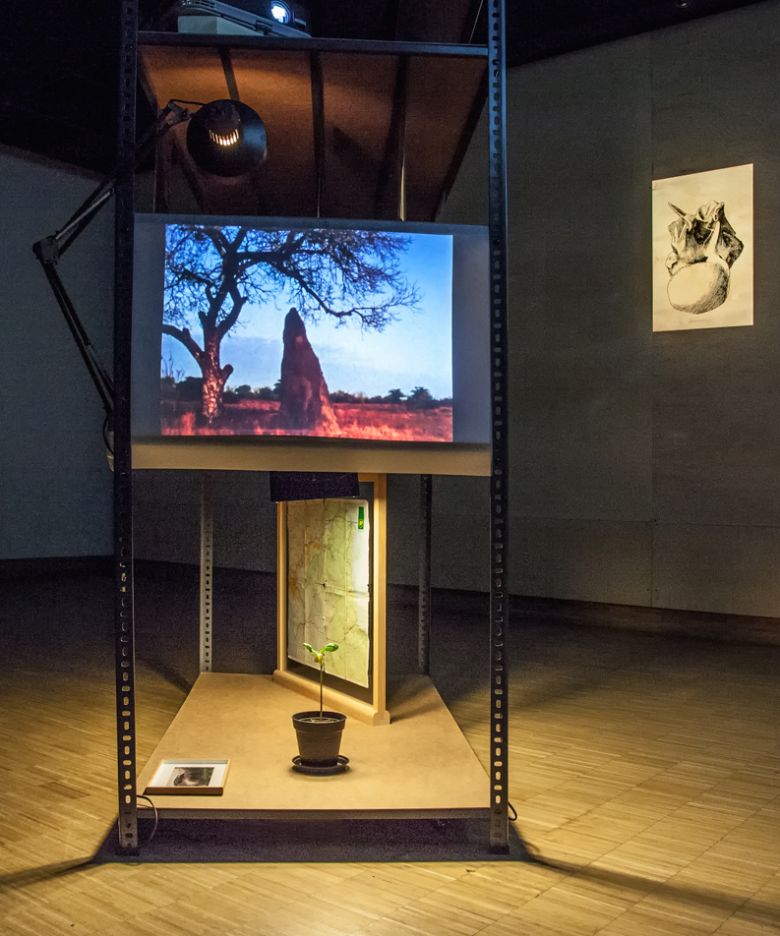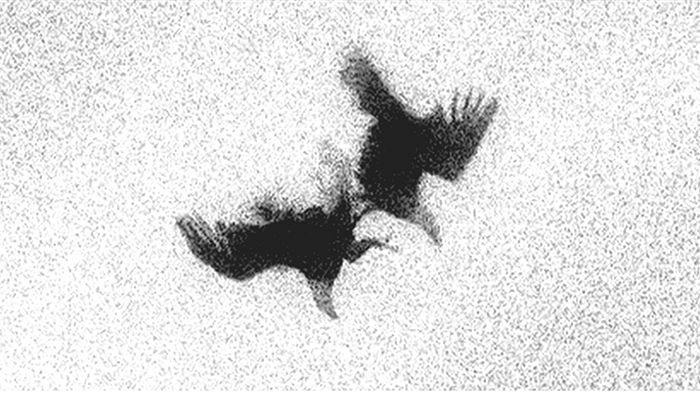
Kapwani Kiwanga, rumours Maji was a lie…
Installation view from A Century of Centuries
Installation view from A Century of Centuries
Hera Büyüktaşçıyan Destroy your house, build up a boat, save life!
Chto Delat? The Excluded. In a Moment of Danger
Shilpa Gupta Untitled
Kapwani Kiwanga …rumours Maji was a lie
Maha Maamoun Like Milking a Stone
Jumana Manna & Sille Storihle The Goodness Regime
Yasemin Özcan threehundredone
Didem Pekün Of dice and men
Judith Raum eser
Dilek Winchester as if nothing has ever been said before us
Erinç Aslanboğa, Natalie Heller & Bahar Temiz Trailer
Chto Delat? The Excluded. In a Moment of Danger
Shilpa Gupta Untitled
Kapwani Kiwanga …rumours Maji was a lie
Maha Maamoun Like Milking a Stone
Jumana Manna & Sille Storihle The Goodness Regime
Yasemin Özcan threehundredone
Didem Pekün Of dice and men
Judith Raum eser
Dilek Winchester as if nothing has ever been said before us
Erinç Aslanboğa, Natalie Heller & Bahar Temiz Trailer

Didem Pekün, still from Of dice and men, 2011 ongoing
A Century of Centuries gathers an unfolding sequence of solo artistic positions shown in dialogue, formed in response to transformative moments, traumatic experiences and social transitions of the past that continue to resonate in and shape the present. The artists were chosen for bodies of production, or major video works that explore the lasting effects of key periods and events within the longer trajectory of time they inhabit.
Expressing the multifaceted and repetitious nature of history, the first spatial presentation of Didem Pekün’s essayistic video diary Of dice and men (2011 ongoing) is punctuated by significant and occasionally recurring moments — some that are of purely subjective consequence and others that exist as shared, mediated markers in time. This interdependence between personal and external effects is probed in Chto Delat?’s film-performance installation, The Excluded. In a Moment of Danger (2014), which opens on individuals interacting with the deluge of information of social networks and the web. The film develops to incorporate a study of the protagonists’ relative positions to various intimate and universally acknowledged events in space and time, moving on to examinations of moments in history from which they believe there is no return.
Other included artistic positions look further back in time, linking ancient history to the present. Two of Maha Maamoun’s videos interrogate the legacy of the pyramids, she then expands her study into the condition of a society that hastily visits and consumes mediated history in the work Night Visitor (2011), a compilation of found footage on YouTube by those who broke into the Egyptian State Security buildings in 2011. Also reflecting upon ancient narratives, a new site-specific commission by Hera Büyüktaşçıyan threads traumas and mythologies that date from the mediation and timeless potential of Noah’s act of building the Ark, through more recent histories of upheaval.
Several artists explore subjective readings of history from different perspectives, and in particular the effects of national tensions, border divisions and failed diplomacy. For example, a multi-media installation by Judith Raum responds to historical research material dating back to the German Empire’s engagement in the Anatolian and Baghdad Railways beginning in 1889. Her work suggests that gestures and rhetorics of power and domination are the consequences of an economic principle that did not end with the colonial era and in fact persist today.
Four new works, or developments to ongoing research, have been commissioned in the building up of this program. Along with new physical interventions by Hera Büyüktaşçıyan, Didem Pekün and Dilek Winchester; the dance artists Erinç Aslanboğa, Natalie Heller and Bahar Temiz have produced a series of lecture performances that look into notions of personal and collective memory to be staged in the frame of the exhibition. The lecture performance Trailer (2015) will take place between March 11-April 3, Wednesday and Friday at 18.30, and Sunday at 16.30 on the third floor at SALT Beyoğlu.
Judith Raum’s participation has been organized in cooperation with the Goethe-Institut Istanbul.
Expressing the multifaceted and repetitious nature of history, the first spatial presentation of Didem Pekün’s essayistic video diary Of dice and men (2011 ongoing) is punctuated by significant and occasionally recurring moments — some that are of purely subjective consequence and others that exist as shared, mediated markers in time. This interdependence between personal and external effects is probed in Chto Delat?’s film-performance installation, The Excluded. In a Moment of Danger (2014), which opens on individuals interacting with the deluge of information of social networks and the web. The film develops to incorporate a study of the protagonists’ relative positions to various intimate and universally acknowledged events in space and time, moving on to examinations of moments in history from which they believe there is no return.
Other included artistic positions look further back in time, linking ancient history to the present. Two of Maha Maamoun’s videos interrogate the legacy of the pyramids, she then expands her study into the condition of a society that hastily visits and consumes mediated history in the work Night Visitor (2011), a compilation of found footage on YouTube by those who broke into the Egyptian State Security buildings in 2011. Also reflecting upon ancient narratives, a new site-specific commission by Hera Büyüktaşçıyan threads traumas and mythologies that date from the mediation and timeless potential of Noah’s act of building the Ark, through more recent histories of upheaval.
Several artists explore subjective readings of history from different perspectives, and in particular the effects of national tensions, border divisions and failed diplomacy. For example, a multi-media installation by Judith Raum responds to historical research material dating back to the German Empire’s engagement in the Anatolian and Baghdad Railways beginning in 1889. Her work suggests that gestures and rhetorics of power and domination are the consequences of an economic principle that did not end with the colonial era and in fact persist today.
Four new works, or developments to ongoing research, have been commissioned in the building up of this program. Along with new physical interventions by Hera Büyüktaşçıyan, Didem Pekün and Dilek Winchester; the dance artists Erinç Aslanboğa, Natalie Heller and Bahar Temiz have produced a series of lecture performances that look into notions of personal and collective memory to be staged in the frame of the exhibition. The lecture performance Trailer (2015) will take place between March 11-April 3, Wednesday and Friday at 18.30, and Sunday at 16.30 on the third floor at SALT Beyoğlu.
Judith Raum’s participation has been organized in cooperation with the Goethe-Institut Istanbul.

